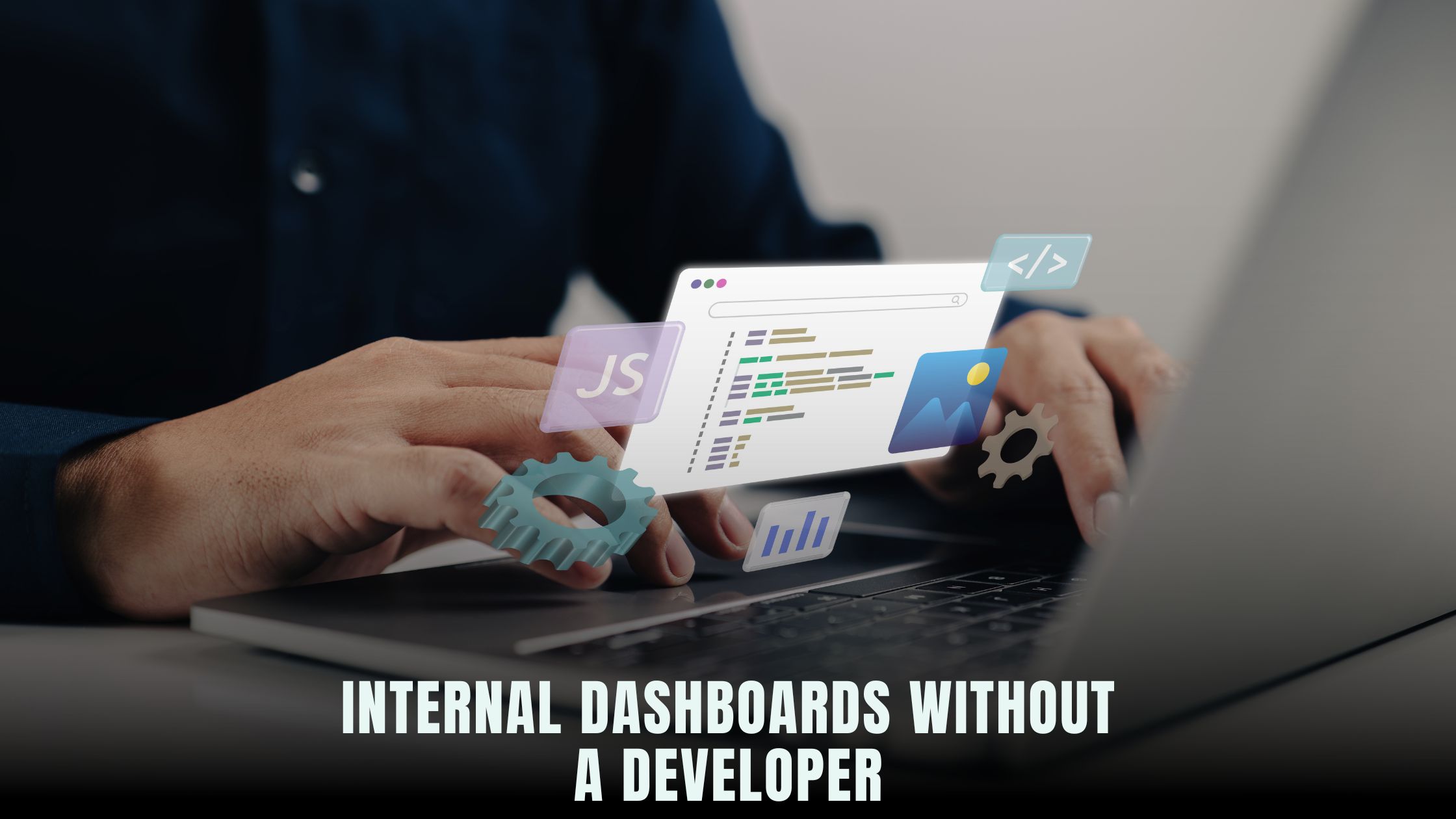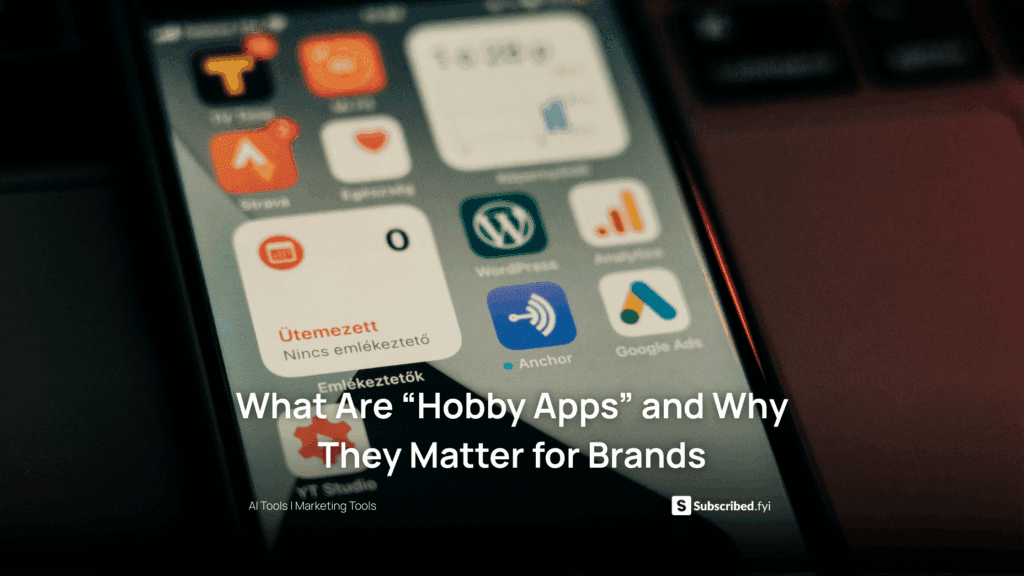How to Build Internal Dashboards Without a Developer
- WebOps Platforms Bug Tracking & Feedback Software Web Development & Design Website Builder


Keeping your team informed and aligned starts with clear, real-time dashboards. Instead of hiring a developer, you can use no-code tools like Hostinger Horizons to create fully functional internal dashboards in minutes. Horizons acts as your AI software engineer—handling everything from data binding and user authentication to hosting, SSL, and role-based access—all within one dashboard.
You don’t have to piece together multiple services. Explore top no-code platforms in the AI-powered website builders directory or browse the Vibe Coding category to compare features and pricing. By centralizing your tools, you save time on setup, billing, and maintenance, letting you focus on designing dashboards that drive team productivity.
Why Internal Dashboards Matter
Internal dashboards turn raw data into insights at a glance. When everyone sees the same metrics—whether sales figures, HR trends, or production stats—teams can make faster, data-driven decisions. Research shows companies that share real-time dashboards improve project delivery by up to 30%, because there’s less waiting for reports and fewer miscommunications.
Dashboards also boost accountability. When sales reps can track their quota in real time or HR managers monitor open positions, it’s easier to spot bottlenecks and celebrate wins. No-code solutions eliminate the developer backlog, so managers can iterate on dashboards weekly rather than wait months for custom builds.
Common Dashboard Types: Sales, HR, Operations
Sales Dashboards
Track revenue, leads, conversion rates, and pipeline stages. Visualize daily sales by region or rep to quickly spot trends and forecast growth.
HR Dashboards
Monitor headcount, open roles, turnover rates, and training completion. Display diversity and hiring metrics to support strategic workforce planning.
Operations Dashboards
Measure production output, ticket response times, and inventory levels. Use heatmaps or Gantt charts to track project timelines and resource utilization.
Each dashboard type shares core elements—charts, tables, and alerts—but speaks to different audiences. No-code tools let you clone a panel layout across departments, ensuring consistency and familiarity.
Key Features of Effective Internal Dashboards
Real-Time Data Integration
Live data keeps your dashboards accurate. Connect spreadsheets, databases, and APIs directly. Hostinger Horizons’ AI chat can bind to sources like Google Sheets or SQL databases on command—“link sales_data table and refresh every five minutes”—so you never see stale numbers.
Customizable Visualizations
Different metrics need different charts. Choose from bar graphs, line charts, pie charts, or scorecards. No-code platforms offer drag-and-drop widget libraries, and AI assistants suggest optimal chart types based on your data.
Access Controls and Security
Sensitive data demands strict access rules. Set user roles—viewer, editor, admin—and restrict which panels they see. Hostinger Horizons secures dashboards behind password-protected URLs and supports single-sign-on for seamless team logins.
No-Code Tools for Dashboard Creation
Hostinger Horizons
Hostinger Horizons stands out with AI-driven data binding, real-time sandbox previews, and secure hosting. Describe your dashboard needs—“build a sales dashboard with monthly revenue and win rates”—and watch Horizons generate UI components, connect data sources, and deploy to a private URL in minutes.
Lovable AI
Lovable uses sentiment-based templates to craft visually engaging dashboards. Its form builder and chart modules let you customize colors and layouts that match your brand.
Bolt
Bolt focuses on performance and mobile responsiveness. Its prebuilt dashboard templates load quickly and adapt to phone screens—a plus for field teams.
Tempo
Tempo turns wireframes into working dashboards. Upload your sketch, and AI generates both frontend and backend logic, ready for instant testing.
V0
V0 delivers a minimalist approach with essential modules—data tables, filters, and charts—perfect for simple dashboards without extra features.
Lazy AI
Lazy AI automates repetitive tasks like table setup and webhook integrations. Describe your workflows, and it configures alerts and refresh schedules.
Fine AI
Fine AI helps build conditional logic—approval flows, triggers, and scheduled reports—via a conversational interface.
Windsurf
Windsurf specializes in data-heavy dashboards. Connect to large datasets and visualize millions of rows without performance lags.
Cursor
Cursor blends no-code ease with code visibility. You can tweak generated queries and components if you need custom data transformations.
Integrating Third-Party Data Sources
Dashboards shine when they pull from multiple systems. Common sources include:
- CRM: Salesforce, HubSpot
- Accounting: QuickBooks, Xero
- Support: Zendesk, Freshdesk
- Marketing: Google Analytics, Mailchimp
In Hostinger Horizons, you prompt “connect HubSpot contacts and Google Analytics sessions” and the AI sets up OAuth, imports data tables, and schedules hourly updates—no manual API keys or middleware needed.
Managing Security and Access Controls
When dashboards contain sensitive metrics, control who sees what:
- User Roles: Define viewer, editor, and admin permissions.
- Team-Only URLs: Host dashboards behind private domains or VPNs.
- Audit Logs: Track who viewed or changed dashboards and when.
Hostinger Horizons encrypts data at rest, supports two-factor authentication, and provides logs in its admin console, making compliance audits straightforward.
Engaging Stakeholders and Incorporating Feedback
Dashboard adoption depends on user buy-in. To encourage engagement:
- Schedule Reviews: Walk teams through new features in weekly meetings.
- Collect Feedback: Add in-dashboard comment widgets or quick surveys.
- Iterate Rapidly: Use real-time updates in Horizons’ sandbox to test changes based on feedback without affecting live dashboards.
Step-by-Step Guide: Building a Sales Dashboard
- Define KPIs: Monthly revenue, deal stage counts, win rates.
- Connect Data: Link your CRM and revenue spreadsheets.
- Generate Layout: Ask AI for a three-column layout with line, bar, and pie charts.
- Customize Styles: Apply brand colors via the visual editor.
- Set Refresh Schedule: Automate data pulls every 30 minutes.
- Test in Sandbox: Share preview links with sales leads.
- Publish: One-click deploy to a secure, team-only URL.
Step-by-Step Guide: Building an HR Dashboard
- Select Metrics: Headcount, open positions, turnover rate.
- Bind Data Sources: Connect your ATS and HRIS tools.
- Arrange Widgets: Position scorecards for headcount and turnover side by side.
- Apply Filters: Add department and location selectors.
- Configure Alerts: Trigger notifications when turnover exceeds thresholds.
- Review Access: Grant HR team edit rights, others view only.
- Deploy: Launch behind a secure subdomain for internal use.
Step-by-Step Guide: Building an Operations Dashboard
- Identify Workflows: Project timelines, ticket backlogs, resource utilization.
- Link Tools: Connect project management and support platforms.
- Visualize Progress: Use Gantt charts and heatmaps.
- Set Thresholds: Highlight overdue tasks in red.
- Automate Updates: Schedule hourly syncs with your PM system.
- Gather Feedback: Enable comments on each chart for quick team notes.
- Go Live: Publish to a private URL with SSL by default.
Best Practices for No-Code Dashboard Development
Iterative Design
Start with basic charts, then refine based on user feedback. Frequent updates encourage adoption and improve accuracy.
Performance Optimization
Limit widget count on a single page. Use summary scorecards when possible to reduce data loads. Platforms like Windsurf specialize in large datasets, but Horizons’ CDN and caching handle most use cases smoothly.
Maintenance and Updates
Schedule quarterly reviews to retire outdated metrics and add new ones. Use Horizon’s backup and restore features to safeguard your configurations.
Why Hostinger Horizons Is Ideal for Internal Dashboards
Hostinger Horizons brings everything you need into one workspace. Its AI chat interface builds dashboards from natural-language prompts and connects data sources in seconds. You preview changes in a sandbox environment that mirrors production, ensuring accuracy. Bundled hosting, domain mapping, SSL, and role-based access controls mean your dashboards are secure and always live. With support for over 80 languages, you can onboard global teams quickly. For solopreneurs and growing businesses, Horizons cuts dashboard development time from weeks to minutes—empowering you to make data-driven decisions faster than ever.
Empower Your Team with No-Code Dashboards
Building internal dashboards without a developer is no longer a distant dream. By choosing the right no-code platform—especially a unified solution like Hostinger Horizons—you cut setup time, eliminate vendor juggling, and focus on insights rather than infrastructure. Follow the step-by-step guides for sales, HR, and operations dashboards, apply best practices for performance and security, and engage your teams with real-time data. With these tools and strategies, you’ll drive productivity, improve collaboration, and foster a culture of data-driven success across your organization.
Relevant Links
- Hostinger Horizons
- Lovable AI
- Bolt
- Tempo
- V0
- Lazy AI
- Fine AI
- Windsurf
- Cursor
- Vibe Coding Directory
- AI-Powered Website Builders





